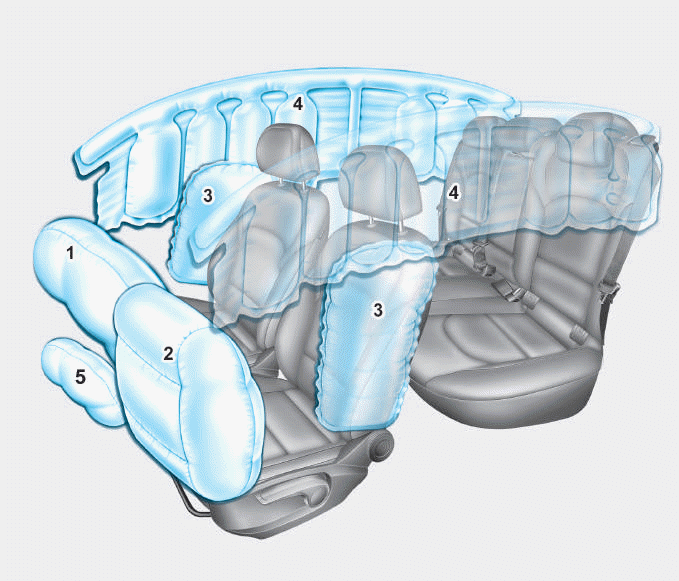Hyundai i-30: Fuel Delivery System / Release residual pressure in fuel line
Hyundai i30 (PD) 2018-2025 Service Manual / Engine Control / Fuel System / Fuel Delivery System / Release residual pressure in fuel line
| Release Residual Pressure in Fuel Line |
|
| 1. |
Turn the ignition switch OFF and disconnect the battery (-) cable.
|
| 2. |
Remove the fuel pump fuse (A).
|
| 3. |
Connect the battery (-) cable.
|
| 4. |
Start the engine and let idle, and then turn the ignition switch OFF
after the engine has stopped on its own.
|
| 5. |
Disconnect the battery (-) cable, and then install the fuel pump fuse
(A).
|
| 6. |
Connect the battery (-) cable.
|
| 7. |
Delete the diagnostic trouble code (DTC) related the fuel pump relay
with the diagnostic tool.
|
 Fuel pressure test
Fuel pressure test
Fuel Pressure Test
1.
Release the residual pressure in fuel line.
(Refer to Fuel Delivery System - "Release Residual Pressure in Fuel
Line")
•
When removing the fuel pump relay, the diagnostic trouble
code (DTC) will be occurred...
 Fuel Tank
Fuel Tank
Repair procedures
Removal
1.
Turn the ignition switch OFF and disconnect the battery (-) terminal.
2...
Other information:
Hyundai i30 (PD) 2018-2025 Owner's Manual: Fan speed control. Air conditioning. OFF mode
Fan speed control The fan speed can be set as desired by pushing the fan speed control button. More air is delivered with higher fan speeds. Pressing the OFF button turns off the fan. NOTICE Operating the fan when the ignition switch is in the ON position could cause the battery to discharge...
Hyundai i30 (PD) 2018-2025 Service Manual: Oil Pressure & Oil Temperature Sensor (OPTS)
Description and operation Description It generates the oil pressure and temperature information (output voltage) to control the pump operation proportional control valve in variable oil pump system. It measures the oil pressure and temperature discharged from the oil pump and transmits the pressure information to ECM...
Categories
- Manuals Home
- 3rd Generation i30 Owners Manual
- 3rd Generation i30 Service Manual
- Engine compartment
- Auto door lock/unlock features
- Shift-lock system. Shift-lock release
- New on site
- Most important about car
Air bag - supplemental restraint system

1. Driver’s front air bag
2. Passenger’s front air bag
3. Side air bag*
4. Curtain air bag*
5. Knee air bag*
6. Front passenger air bag ON/OFF
switch
Copyright © 2025 www.hi30.net


